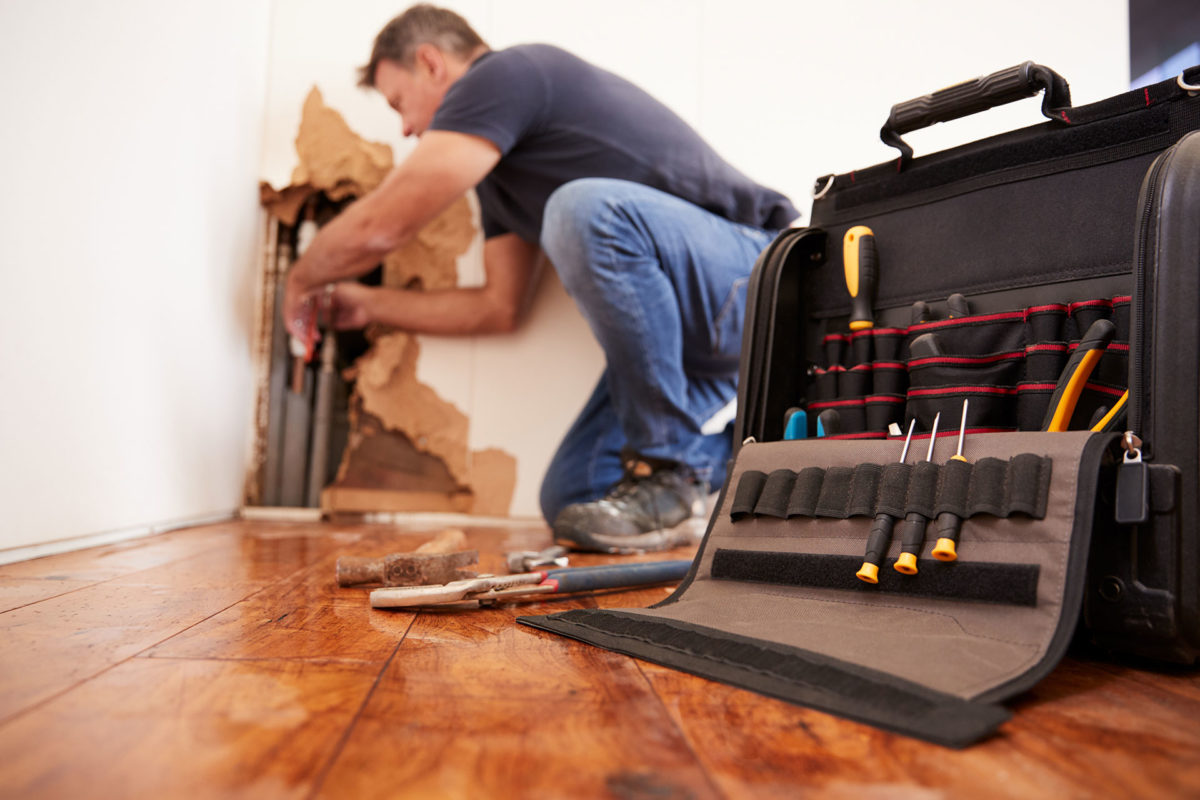Hurricanes, strong thunderstorms, local floods, broken pipes, and leaky appliances are just a few of the numerous potential causes of water damage. Likewise, it’s marked with a wide variety of symbols. Damage to your ceilings, floors, and walls may emerge suddenly or gradually, and each surface can show unusual symptoms. Water damage may occur if a water leak is not repaired or recognized immediately. Wood deterioration, structural problems, the growth of mold and other potential health risks, and the subsequent cost of fixing these difficulties are all problems that may be brought on by wet rot. If you suspect water damage in your ceiling, keep an eye out for water damage repair.
- Damage may range from fine fissures to a more extensive web of fractures.
- Rings of water, often a brownish hue.
- Mold thrives in dark, damp places like basements, particularly in the crevices between the walls and the roof.
- Ceilings that sag and bow
- Water damage that looks like rust or a dark yellow coloration on the affected area.

Watch out for these warnings of water damage on your walls
Mold has softened the drywall. Wherever you think water may have gotten in, give it a good, firm pounding if you can. Even though the wall seems OK from the outside, water damage may have occurred on the inside if it has sunk or become depressed.
The discoloration is often seen as streaks traveling down the wall and may be relatively short or lengthy.
Rings of water, often a brownish hue
The painting is peeling, bubbling, or otherwise damaged. Paint outside a wall may be stretched if water damage has occurred inside. This may result in bubbles of varied sizes, which can then rupture and cause more damage.
It’s essential to keep an eye out for the following indicators of water damage on your floors, particularly if you have hardwood, as well as in the regions around the initial source of the problem:
- Floor peeling or buckling, when the floor is coming apart at the seams
- Deformation, such as cracked or bubbling flooring
- Mold or mildew might be the cause of the floor’s discoloration.
- “Cupping,” when the sides of the planks curve up and the center is somewhat depressed.
- Crowning occurs when moisture is lost from under a floor, causing the center to rise while the sides sink and the boards become rounded.